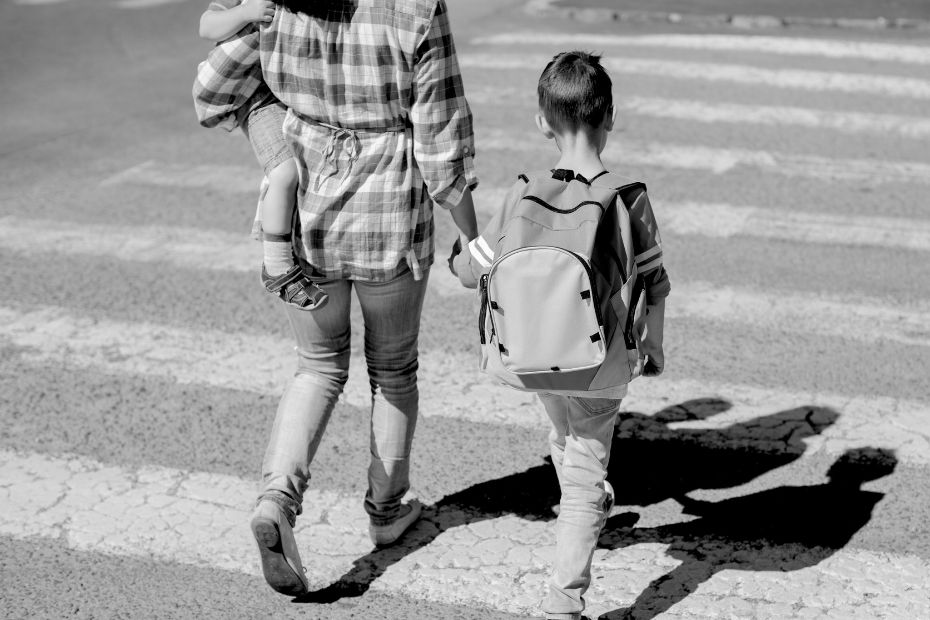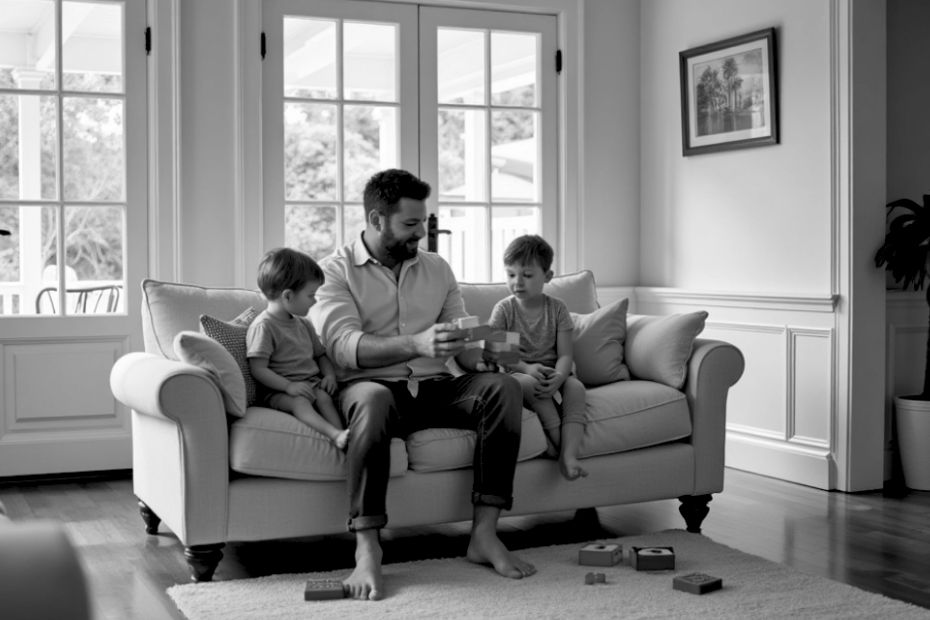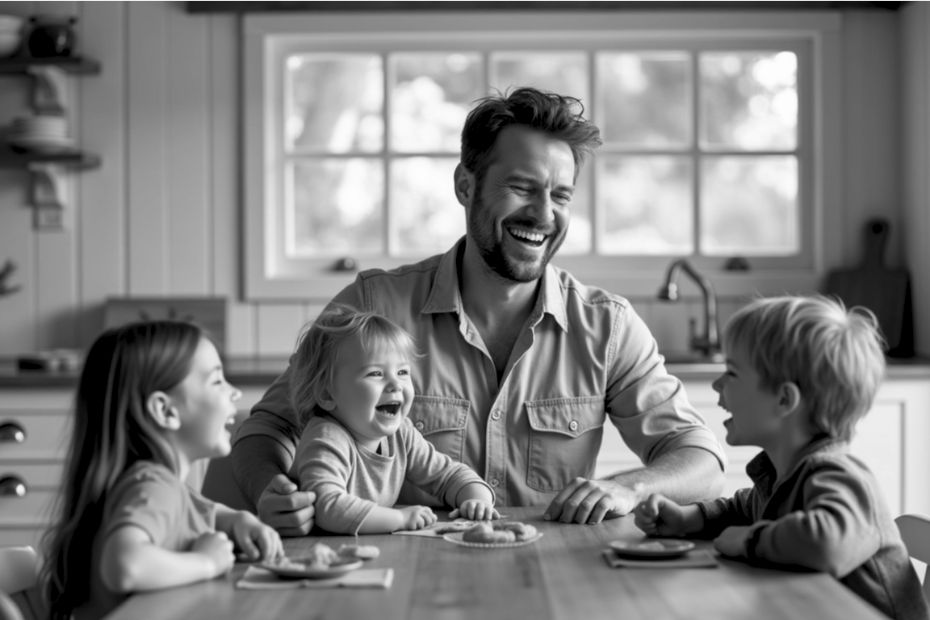A New Chapter in Protecting Queenslanders from Domestic Abuse
***A list of all support services relating to domestic violence is at the bottom of this article.
If you’ve been following the news lately, you might have heard about “Hannah’s Law” – Queensland’s groundbreaking legislation that makes coercive control a criminal offence. This isn’t just another piece of legal paperwork gathering dust in Parliament House. It’s a game-changer that could protect you, someone you love, or even help you recognise behaviours you didn’t realise were abusive.
Let’s give you an example! Sarah, a Brisbane mother of two, whose partner Mark never laid a finger on her. Yet, over five years, he controlled every aspect of her life – from checking her phone constantly to deciding what she could wear, who she could see, and how she could spend money. Before this law, Sarah’s experience might have been dismissed as “just a bad relationship.” Now, it’s recognised for what it truly is: criminal behaviour.
What Exactly Is Coercive Control?
Think of coercive control as invisible chains. It’s not about bruises you can see or broken bones that show up on X-rays. It’s about someone systematically stripping away your freedom, confidence, and sense of self through a pattern of controlling behaviors.
Here’s what it might look like in everyday life:
Your partner constantly checks your whereabouts, demanding to know where you are every minute of the day. They might install tracking apps on your phone “for your safety” or show up unexpectedly at your workplace or social gatherings. What starts as “I just worry about you” gradually becomes suffocating surveillance.
Financial control is another common tactic. Perhaps your partner insists on managing all the money, giving you an “allowance” like you’re a child rather than an equal partner. They might hide assets, rack up debts in your name, or prevent you from working altogether. One Queensland woman I heard about discovered her husband had been secretly transferring their savings into accounts she couldn’t access, leaving her financially trapped.
Then there’s isolation – the slow, deliberate process of cutting you off from your support network. It might start subtly: “Your sister doesn’t really like me, does she?” or “Your friends are a bad influence.” Before you know it, you’re making excuses for why you can’t attend family gatherings or catch up with old friends. The walls close in gradually, and suddenly you realize you’re alone with nowhere to turn.
Emotional manipulation is perhaps the most insidious form. Gaslighting – making you question your own reality – is a classic example. “You’re being too sensitive,” “That never happened,” or “You’re imagining things” become regular responses to your concerns. Over time, you start doubting your own judgment and memories.
Why Hannah’s Law Matters
This law is named after Hannah Clarke and her three children – Aaliyah, Laianah, and Trey – who were tragically killed by Hannah’s estranged husband in 2020. Hannah’s story shocked Queensland and the nation, not just because of its horrific ending, but because it revealed how coercive control can escalate to deadly violence.
Before her death, Hannah had experienced years of controlling behavior. Her husband monitored her movements, controlled the family finances, and isolated her from support. These warning signs, which we now recognize as coercive control, weren’t criminal offenses at the time. Hannah’s legacy is that no other person should suffer in silence while their freedom is systematically destroyed.
The law recognizes that domestic abuse isn’t always physical. It acknowledges that psychological abuse can be just as damaging – sometimes more so. Survivors often say that bruises heal, but the psychological scars from coercive control can last a lifetime.
How the Law Works in Practice
Since the law came into effect, police have new tools to protect victims before violence escalates. If someone is found guilty of coercive control, they could face up to 14 years in prison – that’s how seriously Queensland is taking this issue.
But here’s what’s really important to understand: the law looks at patterns of behaviour, not isolated incidents. One argument about money or a single jealous outburst isn’t coercive control. It’s about ongoing patterns designed to dominate and control another person.
The prosecution needs to prove that the behavior was intended to coerce or control, that it occurred repeatedly, and that it would be considered unreasonable by community standards. This protects against false accusations while ensuring genuine victims get justice.
Police officers across Queensland have undergone special training to recognize these patterns. They’re learning to ask different questions, look for subtle signs, and understand that absence of physical violence doesn’t mean absence of abuse.
Recognising the Signs in Your Own Life
If you’re reading this and feeling uncomfortable because some of it sounds familiar, trust that feeling. Our instincts often know something’s wrong before our minds fully process it.
Ask yourself: Do you feel like you’re walking on eggshells around your partner? Have you changed your behaviour to avoid their anger or disappointment? Do you find yourself making excuses for their behaviour to friends and family? Have you gradually stopped doing things you once enjoyed because it’s “not worth the hassle”?
If you answered yes to any of these questions, it might be time to seek help. Remember, recognizing these patterns doesn’t mean your relationship is doomed or that you need to leave immediately. It means you deserve support to understand what’s happening and explore your options.
The Impact on Children
One aspect of coercive control that often gets overlooked is its impact on children. Kids who witness one parent controlling another learn that this is how relationships work. They might grow up thinking it’s normal for love to come with conditions, control, and fear.
Children in these households often become anxious, withdrawn, or aggressive. They might struggle at school, have trouble forming friendships, or develop behavioural problems. Some children become protective of the victimized parent, taking on adult responsibilities far too young. Others might align with the controlling parent as a survival mechanism.
The good news is that children are resilient. With the right support and intervention, they can heal and learn healthier relationship patterns. But first, the cycle needs to be broken.
Taking the First Steps Toward Help
If you recognise coercive control in your relationship, know that help is available. You don’t have to navigate this alone, and you don’t have to wait until things get “bad enough.” There’s no threshold of suffering you need to meet before you deserve support.
Start by talking to someone you trust – a friend, family member, counselor, or support service. Document the behaviours you’re experiencing, keeping records in a safe place your partner can’t access. This might be a secure email account, a trusted friend’s house, or even photos stored in a hidden folder on your phone.
Consider reaching out to professional support services. Organisations like DVConnect, 1800RESPECT, and local domestic violence services offer confidential advice and practical support. They can help you safety plan, understand your options, and connect you with legal and financial assistance.
The Role of Mediation and Early Resolution
While coercive control is a serious criminal matter, many relationship issues can benefit from early intervention before they escalate to this level. If you’re experiencing relationship difficulties but haven’t reached the point of coercive control, seeking help early can make all the difference.
Mediation can be particularly helpful for couples navigating separation or addressing relationship conflicts before they become entrenched patterns. It’s important to know that mediation doesn’t always mean sitting in the same room as your ex-partner. Many people don’t realize that modern mediation can happen through “shuttle mediation,” where you and your former partner are in separate rooms and the mediator moves between you. There’s also the option of online mediation where you can participate from different locations entirely. This means you can work through important decisions about your children and finances without the stress of face-to-face confrontation.
For those who’ve experienced controlling behaviors or feel intimidated by their former partner, these alternative mediation formats can provide a safer way to resolve disputes. You maintain control over the process while still working toward resolution. Professional mediators are trained to recognize power imbalances and can structure the process to ensure everyone’s voice is heard safely.
Early resolution of disputes after separation is especially important. It can prevent conflicts from escalating, reduce the emotional toll on everyone involved (especially children), and help both parties move forward more quickly and peacefully. If you’re facing family law challenges or relationship difficulties, consider exploring mediation options at Mediations Australia where our experienced mediators and family lawyers can guide you through the process and help you find the safest, most appropriate format for your situation.
Moving Forward: Hope and Healing
Hannah’s Law represents more than just legal change – it’s a cultural shift in how we understand and respond to domestic abuse. It sends a clear message that controlling someone’s life is not love, it’s not protection, and it’s not acceptable.
For those currently experiencing coercive control, this law offers validation that what you’re experiencing is real and wrong. You’re not overreacting, you’re not being too sensitive, and you deserve to live free from control and fear.
For those who have escaped coercive control, healing is possible. Many survivors go on to build fulfilling lives and healthy relationships. They learn to trust their instincts again, set boundaries, and recognise their own strength. The journey isn’t always easy, but it’s worth it.
If you’re supporting someone experiencing coercive control, your role is crucial. Listen without judgment, believe their experiences, and respect their decisions about when and how to seek help. Don’t pressure them to leave before they’re ready – leaving can be the most dangerous time for victims. Instead, be a consistent, supportive presence they can rely on.
A Community Responsibility
Creating change requires all of us. We need to challenge attitudes that minimise controlling behaviours, speak up when we see warning signs, and support those experiencing abuse. We need to teach our children about healthy relationships, respect, and equality from an early age.
Workplaces, schools, and community organisations all have roles to play. Employers can offer flexible work arrangements and support for employees experiencing domestic abuse. Schools can teach respectful relationships education. Community groups can raise awareness and provide safe spaces for those seeking help.
Hannah’s Law is a powerful tool, but laws alone don’t create change. Real change happens when communities stand together to say that coercive control is unacceptable, when we support survivors without judgment, and when we work together to prevent abuse before it starts.
Remember, if you’re experiencing coercive control or any form of domestic abuse, you deserve support and safety. Whether you’re ready to leave, planning for the future, or just need someone to talk to, help is available. Your life, your freedom, and your wellbeing matter.
For those navigating family law matters or relationship challenges, remember that early intervention and professional support can make an enormous difference.
Find Support Services in Queensland
Connect with crisis support and emergency accommodation services in your area



